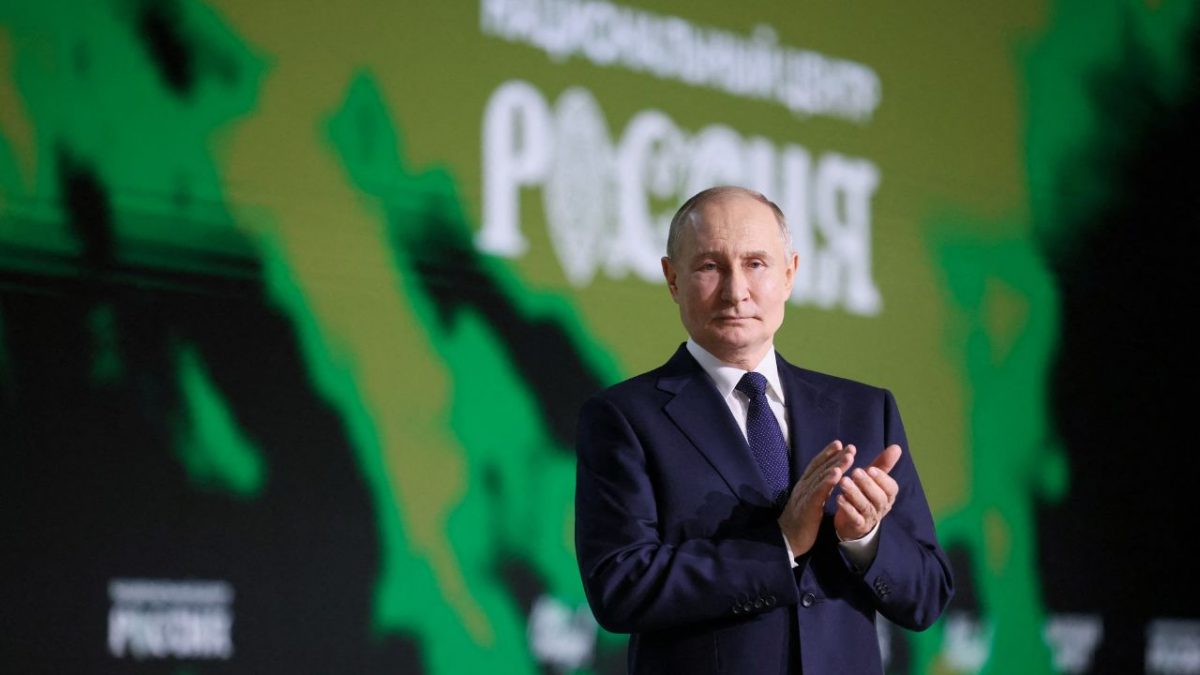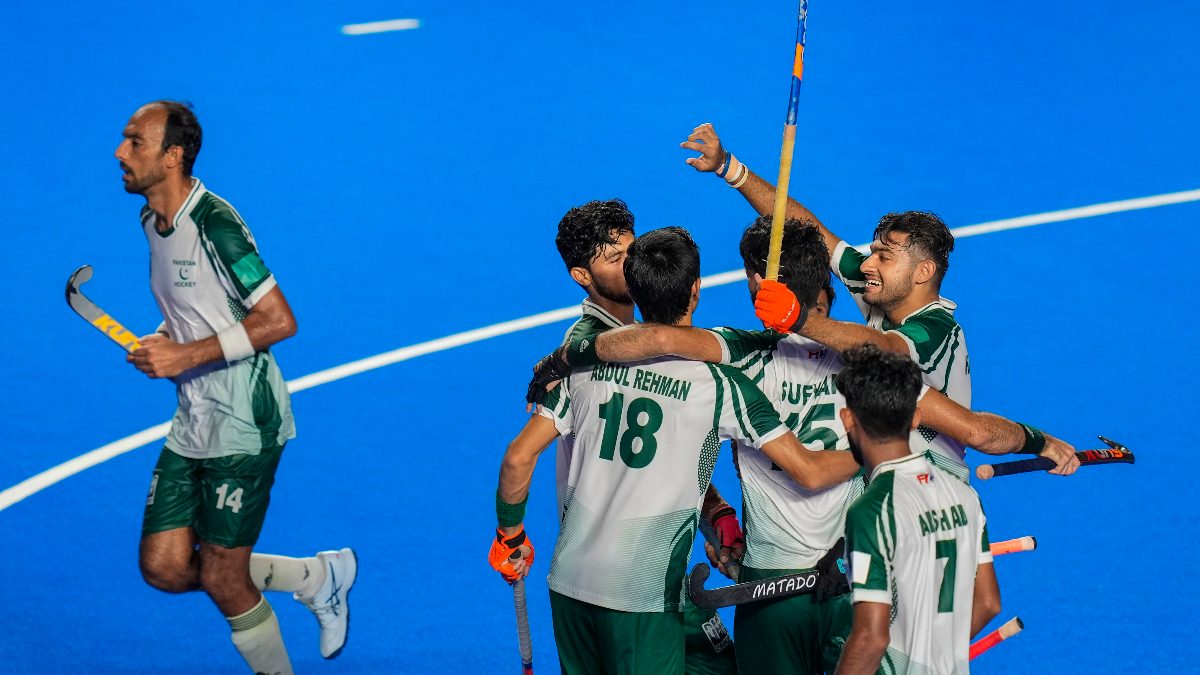After the Alaska Summit with US President Donald Trump, Russian leader Vladimir Putin has made four demands to end the war. The demands show that he has largely stuck to his maximalist objectives despite Trump’s claims and only made minor changes.
After the Alaska Summit, Russian leader Vladimir Putin has finalised four demands to end the war in Ukraine, according to a report.
Earlier this month, Putin met US President Donald Trump in Alaska. While Trump and his top officials said that Putin made big concessions and accepted US and European security guarantees, four new demands show that he has largely stuck to his maximalist demands.
Reuters has cited three sources close to the Kremlin to report that Putin has demanded Russia to surrender the entire Donbas region (comprising Donetsk and Luhansk provinces), a written pledge form Nato to expand eastward, neutrality of Ukraine, and no Western troops in Ukraine.
Putin has also made some secondary demands as well and sought a veto over its security guarantees in case of a deal.
Such a stance is contrary to the picture painted by Trump and his aides after the summit in Alaska on August 15. They said that Putin had offered major concessions and agreed to the United States and European partners providing Ukraine with Article 5-type security guarantees — the Article 5 of Nato forms the basis of the alliance as it outlines the ‘collective defence’ principle that declares an attack as one as an attack on all allies.
What are Putin’s 4 terms to end the war in Ukraine?
Firstly, Putin has said that Ukraine must surrender the entirety of Donbas province comprising Donetsk and Luhansk provinces, according to Reuters.
Putin has sought the entire province and not just parts that Russia currently controls.
The surrender of the complete region is a non-starter for Ukraine as large parts of the region are under Ukrainian control and comprise several military, industrial, and logistical hubs. Moreover, Ukraine has fortified the region and build defensive lines since in the region since 2014. Giving up such a militarised region would mean handing Putin a victory without firing a bullet that he has not been able to secure in the past 11 years of fighting — Russia first invaded Ukraine in 2014.
Secondly, Putin has sought a legally-binding pledge from Nato that it will not expand further eastwards. The demand essentially seeks to kill the possibility of Nato membership for Ukraine.
Thirdly, Putin has sought limits on the size of post-war Ukrainian military.
Fourthly, Putin has rejected the presence of any Western forces in Ukraine after the war, including as part of any peacekeeping force.
Additionally, Putin has sought to essentially control any deal that would be signed.
Putin has said there could be a three-way deal comprising Ukraine, Russia, and the United States that would be recognised by the United Nations Security Council (UNSC) or could be based on the 2022 Istanbul protocol. A deal tied to UNSC would likely be rejected by Ukraine as Russia is a permanent member of the UNSC and would hold a veto over any decision related to the deal.
In minor concessions, Putin has said Russia would give up its claims for the entirety of Kherson and Zaporizhzhia provinces and freeze battlelines there. He is also willing for concessions in Sumy, and Dnipropetrovsk regions. But it is not known if he is willing to give up claimed territory or territory Russia actual controls.
End of Article

)

)